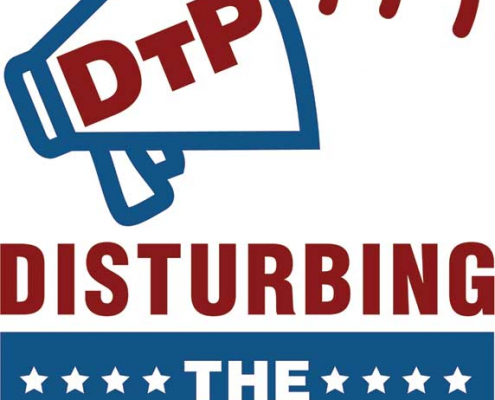We all pretty much follow the same daily routine: before we walk out the door, we normally make sure our faces are presentable, after all, it is the thing that most gives a visual representation of our name and what we stand for. And the same should go for your business since a logo is its face.
When people think of companies, their CEO or owner’s faces are not on the radar, however, the company’s logo will most likely stick out in their memory. No one can remember what Phil Knight (the owner of Nike) looks like or which of the heads at Google wears glasses, but you certainly remember their logos. It is your brand, your company’s face and it needs to be everywhere; on your business cards, website, brochures, ads, pens, envelopes and the like.
What should my logo look like?
Simple & clean. Period.
A lot of people and small businesses think they need some fancy, swooping lettering with a beautiful picture behind it and that’s exactly the opposite of what they need. First and foremost, unless you are as old as Coca-Cola with a solid foundation, the lettering needs to be easily read. A serif font (like Times New Roman) is the easiest to read but can give a dated look to the company. A san serif font (like Arial or Helvetica) is more contemporary and almost as easy to read. One must remember, your logo needs to be legible even if shrunk down to the size of a bead.
If you choose to use an image with your logo (which is normally strongly suggested) it needs to be simple and clean like the lettering. And it is a good rule of thumb to remember that if it does not look good in black, it will not look good in color. Gradients are not always necessary, but in small amounts will make the logo pop off the page more. Logos that have gradient colors though, lots of fine detail, a lot of different colors or photographic content are much more likely to look quite different in different situations (ads, business cards, vehicle wraps, websites, and the like) as many of them use completely different printing technology and it makes it difficult to match the colors exactly. This is why the most powerful brands in the world usually stick to a simple palette of 2 main colors. They also use solid colors rather than gradients to ensure consistency.
How do I get a logo?
While an individual, small business can always use desktop publishing software to design their own logo, it is always best to seek out a professional. And depending on the budget, it is usually best to hire a professional designer. The latter can scare a lot of companies since logos can run into the hundreds of thousands of dollars, most local/small business designers will only charge a few hundred (which is well worth it). A professional will make sure that the branding/logo will match the makeup of that company and its target market’s needs. These small design businesses are also excellent at designing business cards and print materials so you can often get great deals by getting them to design your business cards, stationery, website and logo at once. This also helps you nail that brand consistency.
In choosing a designer, make sure you view examples of their previous work and you like what they’ve done. If they have a large portfolio of great looking logo design examples, you can be more confident in their ability to design you a great brand. Have a chat to other small businesses you know who have great looking logos and ask who they used. There is no need to try and reinvent the wheel.





